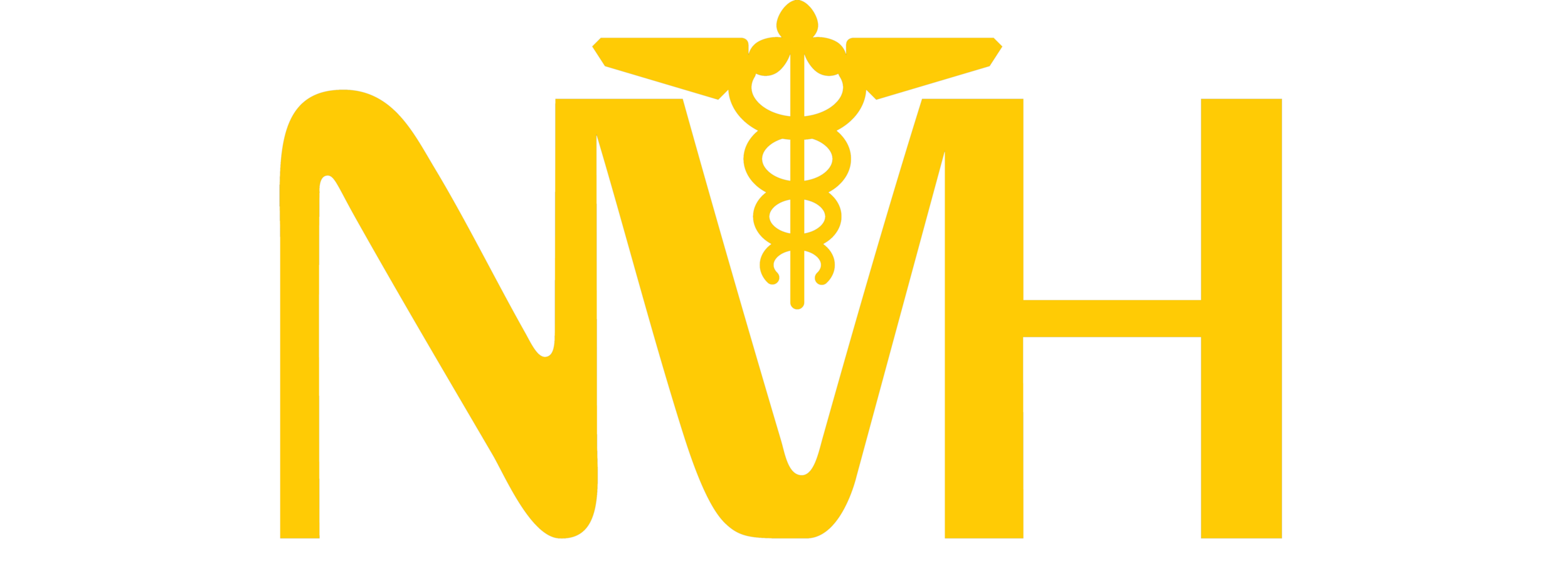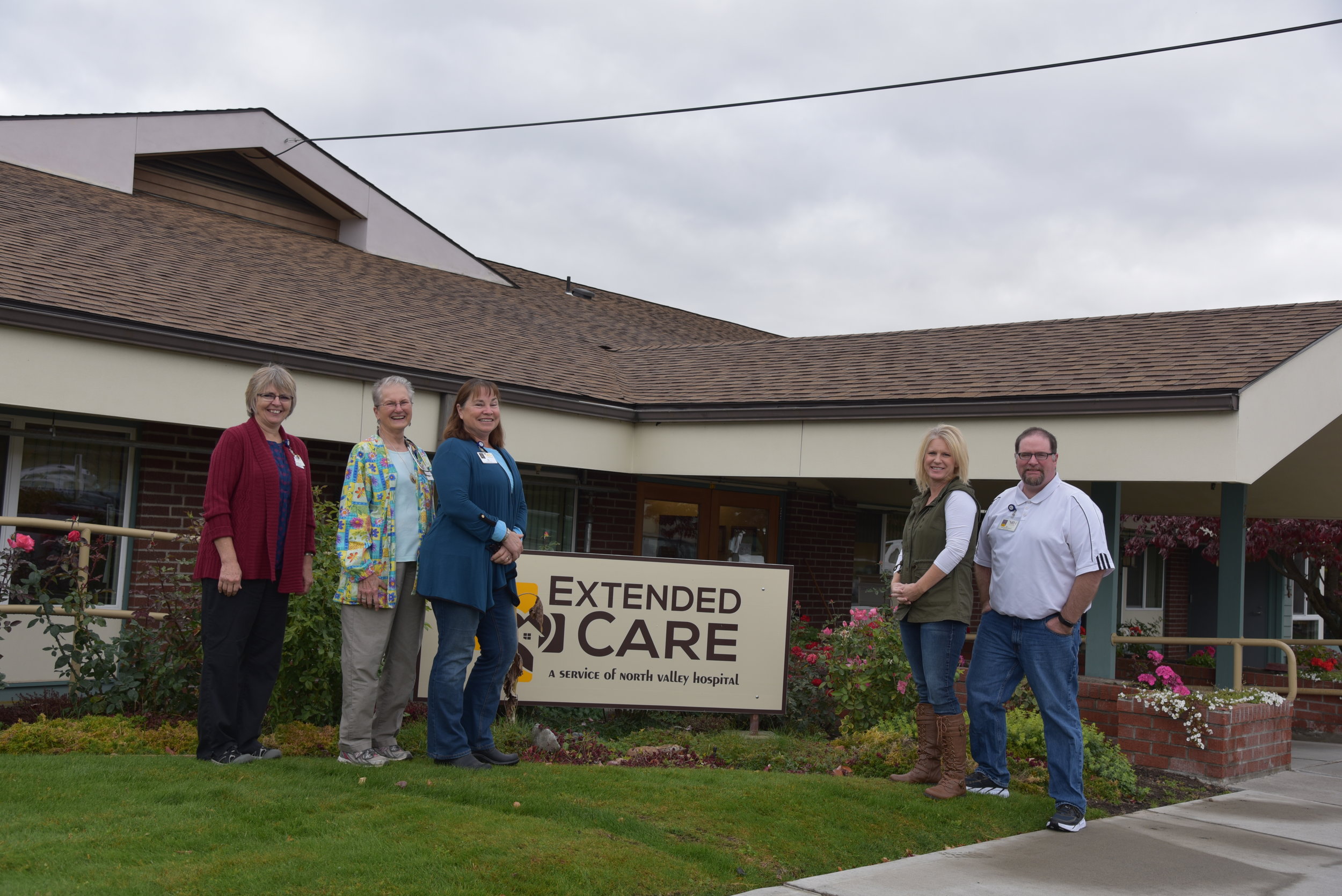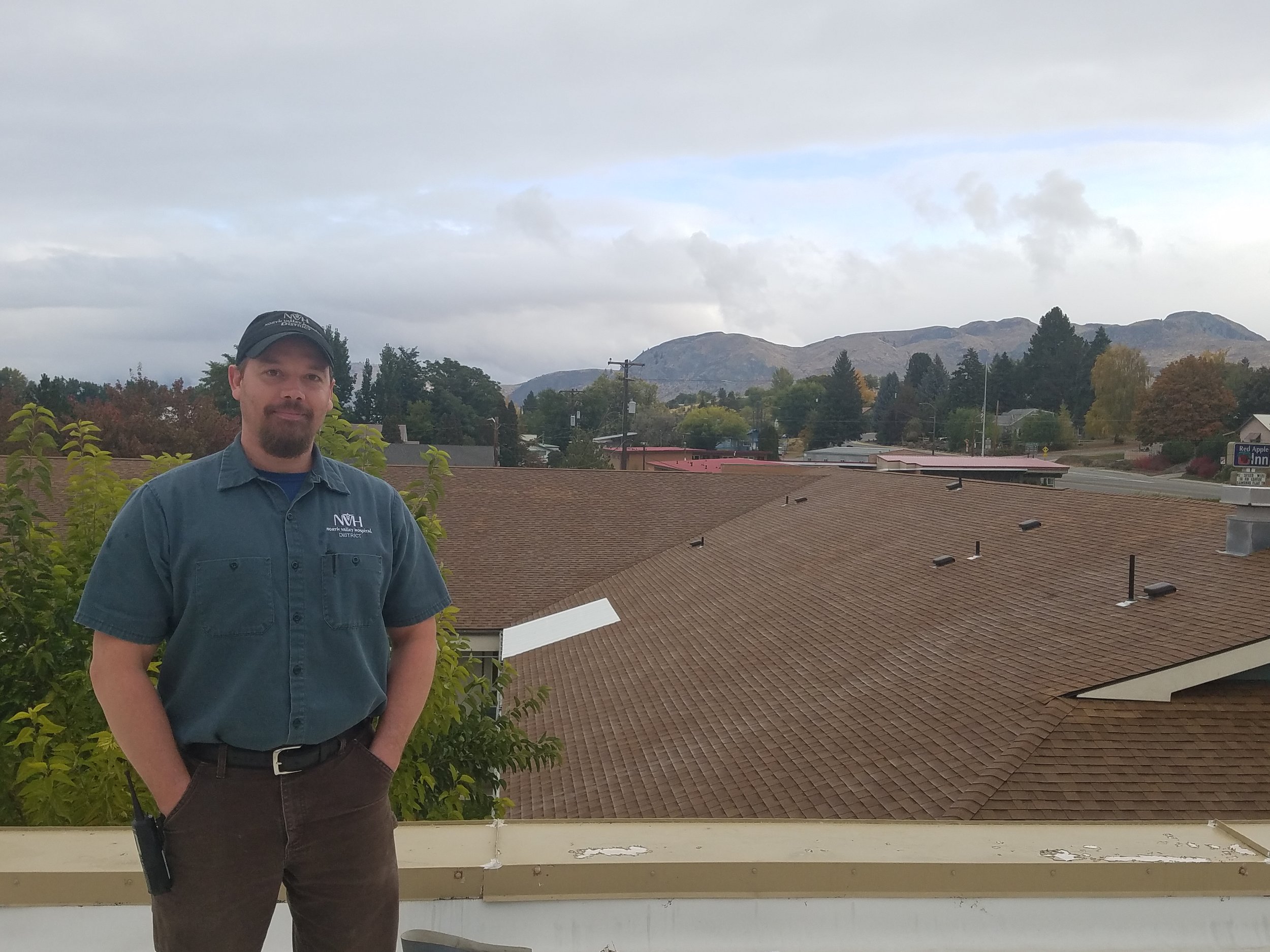North Valley Hospital (NVH) has recently been recognized for their commitment to Antimicrobial Stewardship by the Washington Department of Health. Antimicrobial Stewardship refers to coordinated interventions designed to improve and measure the appropriate use of antibiotics by promoting the selection of the optimal antimicrobial drug regimen, dose and duration of therapy and route of administration.
The prompt initiation of antibiotics to treat infections has been proven to save lives. However, 20-50% of all antibiotics prescribed in US acute care hospitals are either unnecessary of inappropriate. Patients who are unnecessarily exposed to antibiotics are placed at risk for serious adverse events with no clinical benefit.
The goal of the NVH Antimicrobial Stewardship Program is to optimize the treatment of infections and reduce adverse events associated with antibiotic use. Further goals of the program are to help clinicians improve the quality of patient care and improve patient safety through increased infection cure rates, reduced treatment failures and increased frequency of correct prescribing therapy and prophylaxis. Significant reductions in hospital rates of Clostridium difficile infections and antibiotic resistance are more goals of this program.
To be considered for the DOH Antimicrobial Stewardship Honor Roll NVH has proven that they meet or exceed the core elements of a hospital Antimicrobial Stewardship Program as outlined by the Centers for Disease Control (CDC).
During the last Board Meeting of 2017, outgoing commissioners Helen and Clarice reflected on their time serving the community and this hospital.
The new commissioners Jean Pfeifer and Jerry Bradley, as well as returning commissioner Adam Tibbs, were sworn into office.
Welcome to Jean and Jerry, and thank you to Helen and Clarice for their many years of service.
The Community Needs Assessment has been updated with the progress that has occurred since 2016. This process is used to identify gaps in the community that relate to health care, whole person care, and the social determinates of health. It is North Valley Hospital goal to improve the health of our community through a multifaceted approach. The Community Needs Assessment provides a roadmap to providing better care.
Just in time for the cold front!
Ken Archer (NVHD CEO) & Ray Davis (NVHD Plant Services Manager) completed the final walk-through with the roofing company on October 12th. We are all more than excited for our residents, staff and integrity of the building!
NVH is choosing to join the Washington Rural Health Access Preservation pilot project to gain access to funding for care coordination and behavior health support. This project should allow us to create a new position of a Care Coordinator and provide resources for telehealth in the ED for crisis intervention and psych consults.
About the WRHAP Program:
The threat of rural hospital closure presents a serious challenge to the health and vitality of Washington’s rural communities; especially within many of the state’s most remote or rural areas. The current CAH model is based on the delivery of acute care services, but in practice, Washington’s rural hospitals function much more like community health systems that have some combination of primary care, prevention, EMS/ambulance and long-term care services. These rural communities need a new model of care. The ideal model would deemphasize acute care, ensure core health services for all residents, and be flexible enough to meet community needs within existing resources. This may not look exactly the same in every community; however, access to a baseline of essential health services must be available.
The model discussed below represents the generally agreed upon framework, but more work is needed to refine both the delivery and payment mechanism before we can move to the testing and piloting phase.
Moving Toward a Flexible Delivery System Every community in Washington requires essential health care services, initially defined as:
• Primary Care (including basic mental health and prevention)
• Emergency Care
• EMS (including prehospital and interfacility transport)
• Pharmacy
• Lab and Diagnostics
• Observation Beds
• Care Coordination
• Long-term Care Some services may be accessed or augmented in the local community through telehealth. A set baseline of essential services may be the appropriate level of services needed in remote, extremely low volume communities. However, many rural communities need a broader set of services (e.g. labor and delivery or general surgery, long term care). The WRHAP group envisions the services as “Tier 2” services that could be provided according to community need and desire. This delivery model would ensure essential services while beginning to align local delivery with community need. Payment Models The WRHAP group proposes to explore the feasibility of multiple payment options and select those models that hold promise; WRHAP is an opportunity to use data to test payment models and see what works. While the specific payment methodology is still to be developed, the WRHAP group has proposed general principles that provide a framework for the work ahead. WRHAP proposes a payment methodology with two components: 1) a base payment that incorporates the cost of delivering essential health services and associated infrastructure, and 2) a value component. The value component of the payment model could take a variety of forms, including such approaches as quality incentives or a per-member, per-month payment. Need for Federal Action In the coming months, we will be working with HCA and CMS to get the data necessary to model and test payment options. Once a payment model has been selected, we will move forward with a few recruit sites to pilot for Medicaid. We will also work with the state to provide a regulatory framework to allow for innovation in care delivery. CMS must act to provide a pathway to design and test new models that will sustain our rural health care system. A federal demonstration program through CMMI would allow states to test ideas for a sustainable solution. WSHA is reaching out to our federal delegation and working with other state hospital associations to push CMS for action.
What is an ACH?
Accountable Communities of Health (ACHs) bring together leaders from multiple health sectors around the state with a common interest in improving health and health equity. As ACHs better align resources and activities they support wellness and a system that delivers care for the whole person. See our video.
There are nine ACHs. Their boundaries align with Washington’s Medicaid regional service areas.
What are the goals of the ACHs?
- Promote health equity throughout the state.
- Create, support and collaborate on local health improvement plans.
- Support local and statewide initiatives such as the Medicaid Transformation Demonstration, practice transformation and value-based purchasing.
- Align resources and activities that improve whole person health and wellness.
View, download, or print the full-size ACH regions map.
How can ACHs serve the health needs of their regions?
Health system transformation depends on coordination and integration with community services, social services and public health. ACHs provide the necessary links and supportive environments to address the needs of the whole person.
How are ACHs involved with Medicaid transformation?
Each region, through its ACH will pursue projects aimed at transforming the Medicaid delivery system. Demonstration projects will focus on health systems capacity building, care delivery redesign, prevention and health promotion, and increased use of value-based payment (VBP) models that reward providers for quality of care rather than the volume of services and procedures provided.
A Water Management Team has been created to help protect the facility from waterborne pathogens. A new Water Management Policy has been implemented.
The Policy states:
The initial Facility Risk Assessment took place on 9/5/2017. Follow-up Assessments will occur in the event of an outbreak, significant modification to the facility, or as needed. Documentation is attached.
During the Facility Risk Assessment, several areas were designated as high-risk and noted on the Facility Map with a red star. Test and control limits were established with a protocol for intervention.
Tables are used to describe the scheduled monitoring locations, methods, and cleaning schedule of locations that were identified on the latest Facility Risk Assessment.
Cleaning at risk areas will be done according to Manufacturer Guidelines and CDC recommendations when available.
In addition to the scheduled monitoring the following reported events will trigger additional testing and intervention protocol in the impacted area: quality issues in water such as coloration or taste, reported observations of biofilm or algae growth in water system, or environmental factors that increase risk level such as major construction projects.
The NVHD Board voted on 10/5/2017 and ratified the union contract. We are happy to announce a major investment in wages and benefits for all union positions.
There are also new benefits to all employees:
-Wellness Plan $500 to $1500
-Retirement 1% current to 2%, and 3%
Our goals:
- Reduce shortages in key positions
- Improve recruitment and retention
- Invest in our team
The final close of the Bond Refinance was September 13th, 2017.
Interest Only Refinance:
Original Payoff and New Payoff Date: December 2023.
Original Estimation of Savings:
Approximately $586,000 over the remaining term of the bond by lowering the interest rate.
Realized Savings:
A3 Credit Score was awarded giving us a $1,453,857 savings over the remaining term of the loan.
Previous Interest Rate: 5.52%
New Interest Rate: 2.94%
Tonasket, WA, September 1, 2017– North Valley Hospital District Board announced yesterday, at the August 31st board meeting that Ken Archer is to assume responsibilities of Chief Executive Officer on September 1, 2017.
Ken Archer brings over 30 years of healthcare management and leadership experience working as a CEO of Critical Access Hospitals with Long Term Care facilities. He is deeply committed to working together with the Board of Commissioners, medical staff, and hospital district employees to ensure the delivery of high-quality care and service to the community.
Archer’s main core accomplishments include service and operational excellence, communication, and community involvement. Highlighted skills include: strategic planning, relationship and team building, business development and provider collaborations. His background also encompasses extensive Lean Six Sigma Healthcare training, Recruitment technique training, and Governing Board & Management Working Relationship training.
“It is my responsibility to help everyone understand how the pieces of the organization fit together. As a team we must brainstorm for ideas and support the problem solving process… The organization grows when the employees grow.”– Ken Archer, CEO
Archer comes to Tonasket from Kemmerer, Wyoming, where he served as the CEO of South Lincoln Medical Center and as interim CEO of Crook County Medical Services District. Prior to that he served as the Administrator of Saunders Medical Center in Wahoo, Nebraska. He received his Bachelor of Science from St. Cloud State University in 1981 and is near completion of his M.B.A. in Healthcare Administration from Western Governors University.
Ron O’Halloran, who will exit the Interim CEO position on September 1, expressed confidence in the board’s choice at several internal leadership and all-staff meetings. “I think that Ken’s style will be to support the hospital and the employees and will be a great asset to this community,” said O’Halloran. “We have a great team that he’s coming into.”
North Valley Hospital District & Extended Care. Growing Healthcare Close to Home.
If you would like more information about this topic, please contact Mikaela Marion at 509-486-3163 or email at col@nvhospital.org.
NORTH VALLEY HOSPITAL EXPANDS
SLEEP CLINIC SERVICES
North Valley Hospital provides full spectrum Sleep Medicine services.
Sleep regularity is important for the health and happiness of our community. NVH Sleep Clinic is here to help all of those suffering with restless nights.
We can now serve patients with the following disorders:
Sleep Apnea (obstructive and central)
Insomnia (delayed and advanced sleep phase disorder)
Narcolepsy
Shift-Work Disorder
Restless Leg Syndrome
Periodic Limb Movement
Parasomnias (sleep walking, sleep talking, cataplexy)
Pediatric Patients with disorders, aged 12+
“It is very exciting to be able to offer the community full spectrum Sleep Medicine services. This will not only serve the community but offer a growth within our hospital. I look forward to seeing our Sleep Clinic expand!!!! Please pass the word on to your community friends/family as well as the surrounding primary care practices.”
– Jennifer Person, MMS, Sleep Clinic PA-C
Tonasket, WA, July 21, 2017
What does that mean?
North Valley Hospital has been working hard to
Improve antibiotic use
Reduce antibiotic resistance
Improve patient outcomes
Our Antimicrobial Stewardship Program shows evidence that we are diligently working towards optimizing treatment of infections, reducing adverse events attributed to antibiotic use and reducing the hospital's rates of Clostridium difficile infections!
North Valley Hospital's Katrina Kindred decided to give our new Lifeline crew some appreciation treats to say thank you from the Hospital for their hard work and dedication!
North Valley Hospital & Dr. Jak spent some time on-air this morning discussing our new
Sleep Lab & Sleep Medicine!
Our Sleep Lab officially opens tomorrow, September 22nd!
Check out the radio segment below!










